Winding down
Here in Scotland the season is rapidly drawing to a close. All of the summer nectar sources – the lime, blackberry and heather – have stopped yielding and the bees are noticeably less busy, other than in the warmest parts of the day.
Inside the hive the colony is segueing from summer to winter bee production. Brood rearing is still ongoing and there’s lots of pollen still going in, but the rate at which the queen is laying is very much reduced.
And, as the bees transition from summer to autumn behaviour, my own beekeeping activities are also changing. No more queen rearing, uniting or even colony inspections. The risk of swarming ended months ago.
Instead, with the winter ahead, the number of evening talks is increasing and several winter beekeeping projects are starting to occupy my mind.
But the season’s not over yet and there are still a few last minute tasks before active beekeeping stops. Here is what has been keeping me busy over the last week or two …
Talk, talk
Beekeepers are a sociable bunch and the pandemic has had a significant impact on the amount of digestive biscuits consumed and tea slurped in church halls across the country.
However, in addition to being sociable {{1}} they are also adaptable and inventive. Zoom and GoToMeeting talks, attended from the comfort of the sofa with a glass of red wine, have become the new normal.
Early forays into the world of ‘virtual’ beekeeping were plagued with dodgy connections or noisy feedback.
Q&A sessions were stilted due to the lack of familiarity with the need to unmute the microphone before talking.
Some were more like a Marcel Marceau tribute act than Beekeeper’s Question Time.
But all that has changed.
I’ve experienced some excellent hosting, lively and interactive Q&A sessions and entertaining pre- or post-talk chat with beekeepers across the country.
Increasingly this format appears to have been widely accepted. There may not be face-to-face meetings with tea and biscuits, but there’s also no need to drive half way across the county on a filthy, wet winter night.
I live in one of the most westerly locations in the UK (I’m about 15 km west of Land’s End) and have used the title ‘Go West young man’ a couple of times in previous posts. Later this winter I’ll be ‘virtually’ going west a further 7000 km and talking to beekeepers in British Columbia, Canada. They may be half way across the world, but their climate (reasonably mild and wet) is not dissimilar to the west of Scotland, and bees are bees 🙂
It should be interesting.
Zoom and GoToMeeting
About 95% of the talks I give (or attend) use Zoom. It works well. The interface is logical and I can see some/all of the audience. Questions are often handled through the ‘Chat’ function. At least a couple of associations have invested in an add-on {{2}} that allows questions to be upvoted, so moving the most popular or relevant topic {{3}} to the top of the pile.
‘Seeing’ the audience in the talk isn’t really necessary, and can be a bit distracting {{4}}. But I find it really helps during the Q&A session, and certainly makes the ‘virtual’ interaction just that little bit more realistic.
At the very least I can guesstimate the age and experience of the beekeeper asking the question, so allowing me to tailor my answer if appropriate. Of course, this sometimes goes wrong, but people are usually too polite to point out my error.
GoToMeeting is less intuitive (possibly because I’ve used it less) and I don’t think offers me a view of the audience {{5}}. However, I think it’s more suited to larger audiences and coped admirably with ~250 who attended a recent talk to the Welsh BKA.
OK, enough virtual beekeeping … what about the real thing?
Heather honey
In the six years I lived in Fife (on the east coast of Scotland) I never moved my bees outside a 20 mile corridor in the centre of the county. The arable farmland, mixed woodland and low, rough grazing contained no (worthwhile) heather.
Therefore, despite living in Scotland, I’ve no previous experience with heather, considered by many to be the ultimate honey. However, on the west coast we have patchy heather on the hill behind the house, so the bees have almost no choice but to forage there.
After a record-breaking honey yield in Fife, anything extra in the west was a bonus.
I was singularly ill-equipped to extract it. A few of the frames I put through the extractor collapsed spectacularly, so I was reduced to scraping the frames back to the midrib and crushing and straining the honey out.
As I’ve said before, there’s always something new to learn.
And I learnt that this can be a messy and exhausting process 🙁
But, by golly, it was worthwhile 🙂
I now have to buy a larger shed to store a compressed air-driven fruit press as extracting anything more than half a dozen supers of heather honey will probably drive me round the bend.
Based on the price of these fruit presses and the likely honey yield per year I reckon I’ll break even in about 29 years 🙁 {{6}}
The heather here on the west coast goes on yielding long after the bees in Fife have packed up and gone home.
At least, usually.
Feeding and forage
The summer honey came off the hives in Fife in mid-August. All the colonies were treated with Apivar strips and received a full block of fondant on the same couple of days I removed the supers.
It was hard work, not least because there was a lot of honey. All the supers were brought back home for extracting, and subsequently returned for storage.
As described a couple of weeks ago, I only feed fondant in the autumn. Having checked the colony is queenright I simply plonk a block of fondant on the hive and leave them to get on with it {{7}}.
When I checked the colonies earlier this week all had completely finished their 12.5 kg fondant block.
Although I didn’t do a full colony inspection, I did have a peek in a couple of hives to check the level of stores and brood. They were wall-to-wall with capped stores except for 2-3 frames in the centre of the brood box which contained about a hands-breadth of brood. Much of this brood was capped and there was still a little bit of space for the queen to lay … but not much.
However, several boxes also had brace comb in the super above the empty bag of fondant. None of this contained brood as I always support the block of fondant on a queen excluder.
I suspect this comb building was triggered by the availability of ivy nectar. In previous years I’ve not seen comb drawn when feeding fondant. However, it’s been quite mild and the bees have probably been taking advantage of the warm weather to supplement the fondant.
Avoiding another sticky mess
I don’t want to leave the bees with a third of a super of ivy honey, particularly when the rest of the super is a big empty space they would have to heat. However, I also don’t want to mess about cutting it all away or – worse – wasting all their efforts.
Therefore, having removed the queen excluder and the empty fondant wrapper I placed a new crownboard and empty super back on the hives with brace comb. I modified the crownboard to reduce the hole to about a single bee width.
Regular readers will know that modified almost always means either gaffer tape or Correx.
I’ve branched out this time and instead used the side of a cardboard box of fondant for one hive. If this works I’ll claim it was a well thought out experiment. If it doesn’t I’ll claim I was pushed for time and had no Correx or gaffer tape with me {{8}}.
Having done all this I added back the original crownboard with the attached brace comb and closed the hive up securely.
The intention here was to make the stores in the brace comb appear as though it was outside the hive. I expect the bees to relocate the nectar from the brace comb – none of it was capped yet – to the brood box, as and when space become available.
Finally, reinforcing the point I made recently about the dislike bees have for top ventilation, every single Abelo crownboard “vent” was gummed up solidly with propolis.
I’ve got the message loud and clear. No matchsticks needed here.
Scratch and sniff reposition
Apivar strips need to be placed in the edges of the brood nest, at least two frames apart and in diametrically opposing corners of the hive.
But in mid-August the brood nest is a lot larger than it is a month later. As the brood nest shrinks, the strips get further and further away from the main concentration of the bees in the hive.
In an active hive stuffed with bees this probably isn’t a major issue. However, to achieve maximum exposure of the bees – particularly the young bees that Varroa like to hang out with and that are concentrated around the brood nest – it makes sense to reposition the strips midway through the treatment period.
Apivar treatment takes 6-10 weeks. The actual wording is something like “The larger the brood is, the longer the strips should be left in the limit of 10 weeks”. I usually treat for 9-10 weeks; my colonies are all pretty strong at the end of the summer.
But strips left for that long in the hive often get gummed up with propolis and wax.
I therefore spend a few minutes scraping the strips clean of gunk {{9}} and then reposition them in the hive, adjacent to the – now shrunken – brood nest.
There are studies showing that this scratching and repositioning of the Apivar strips marginally increases the devastation wreaked on the mite population.
And that can only be a good thing™.
More heavy lifting
I returned to the west coast after two long days of driving, beekeeping and meetings {{10}} having collected a further 125 kg of fondant en route.
The following day a pallet of jars were delivered from C Wynne Jones. I get the square jars I like – and, more importantly, my customers like – from there. Because of my remote location the ‘free delivery’ comes with a hefty surcharge, so it makes sense to buy a reasonable number at once.
Unfortunately the courier transported them on a 36 ton artic, and there was slightly less than no chance whatsoever that it would be able to negotiate our ~300 metre, 1 in 5 driveway.
I’d had a barely decipherable call (wrong mobile network) from the driver in the morning as he arrived on the peninsula but heard nothing more. I presumed he was still negotiating the ~18 miles of single track road to get here.
Either that or he’d got no phone reception.
I was right on both counts.
He knocked at the door having been unable to call me, but had abandoned the lorry in the road and walked up the hill to the house.
What a star.
In exchange for a jar of honey – to restore his flagging blood sugar levels – he unloaded the pallet in the road and I made four trips by car to collect the boxes.
Beekeeping is a high-volume pastime {{11}} … everything takes up a lot of space.
I think I need to find another location for the canoe that occupies one side of the shed.
And canoeing with the dolphins in the loch is the other thing I’ve been enjoying now the majority of the beekeeping is winding down for the year.
{{1}}: At least most of the them … I can think of a couple of notable exceptions.
{{2}}: Or, that’s my recollection … it’s last year since I saw this functionality and my memory may be playing tricks with me. It might not even be Zoom at all. Put me right in the Comments if you know …
{{3}}: Or glaringly highlighting the thing I’ve described particularly badly.
{{4}}: For those of you who join these talks while eating a late dinner, please turn off the microphone and webcam!
{{5}}: At least, it hasn’t the last couple of times I’ve used it … but the day this post appears I’m talking using GoToMeeting to the High Wycombe BKA, so perhaps I’ll be proved wrong. This talk is also notable as some of the audience will be in a church hall … hopefully well provisioned with tea and biscuits.
{{6}}: Though the new shed will take a further 327 years …
{{7}}: It’s a little more complicated than that, but still takes no more than 2 minutes per hive.
{{8}}: Which, whilst true, would also highlight the shambolic nature of my bee bag … so you might not hear anything more about this again.
{{9}}: For new beekeepers this is a catch-all technical beekeeping term you are well advised to learn.
{{10}}: With just enough time for a cup of tea and piece of toast (and honey) before my evening talk to the North Shropshire BKA.
{{11}}: Obsession?
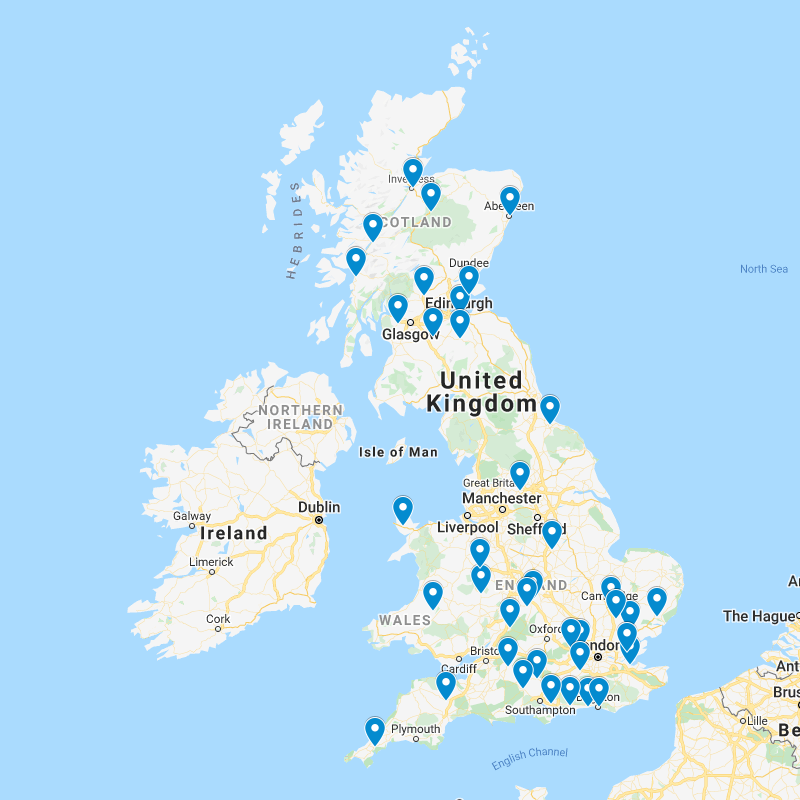

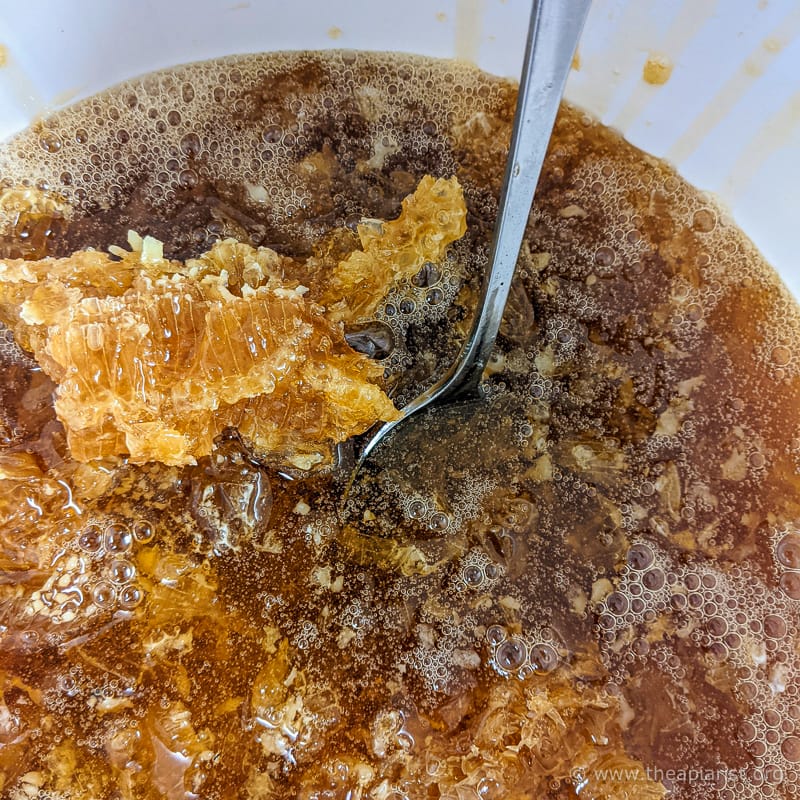
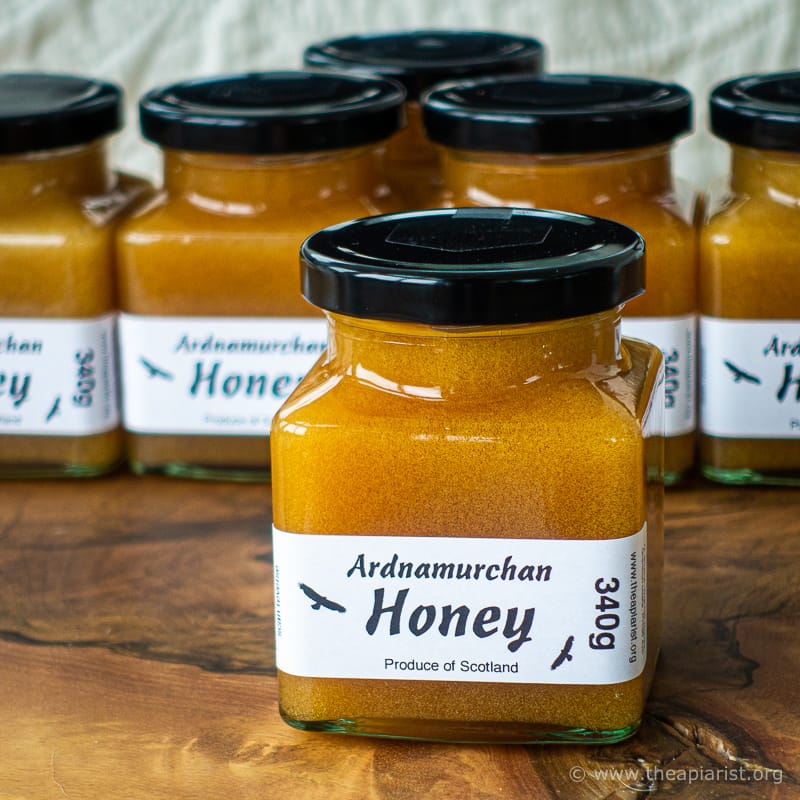
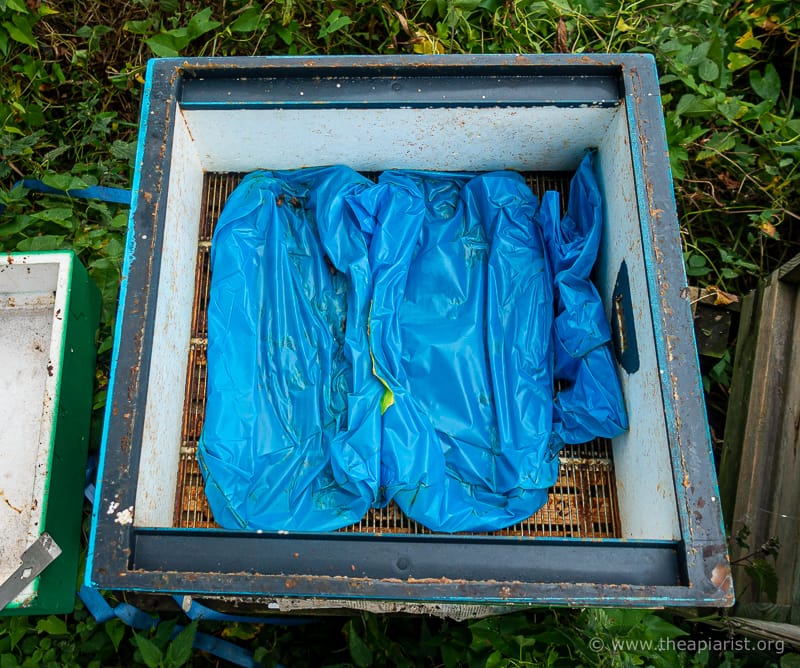
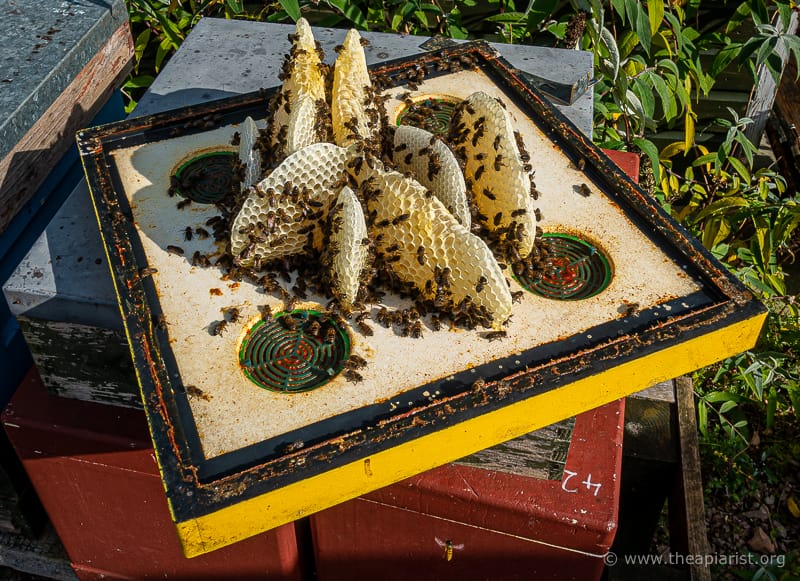
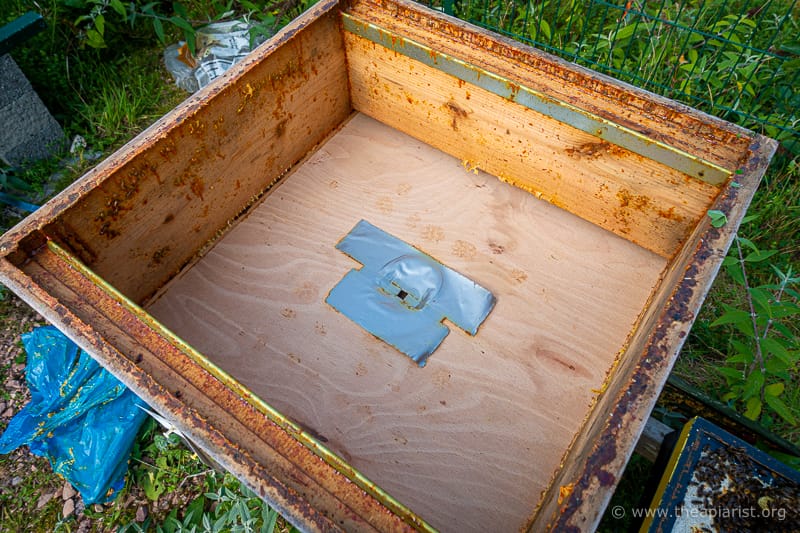
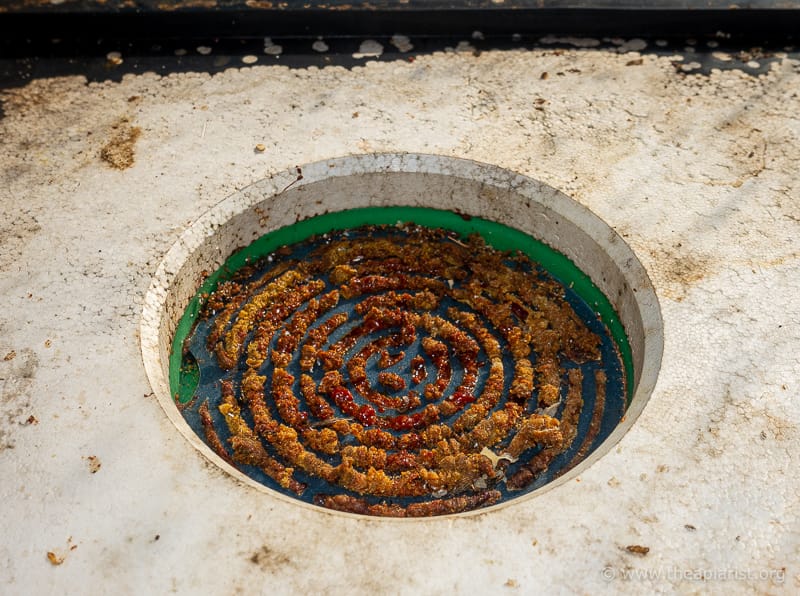
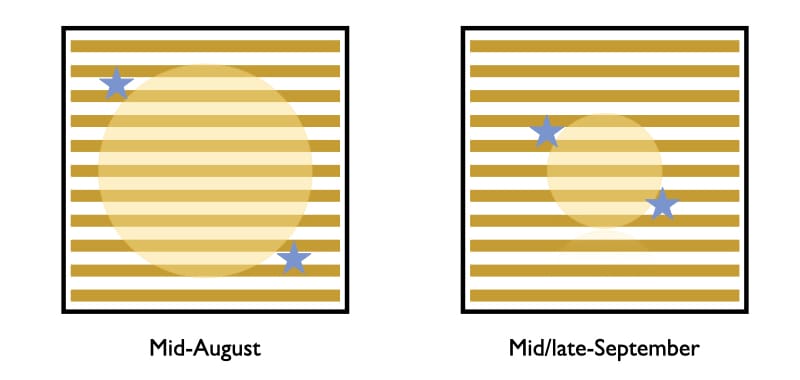
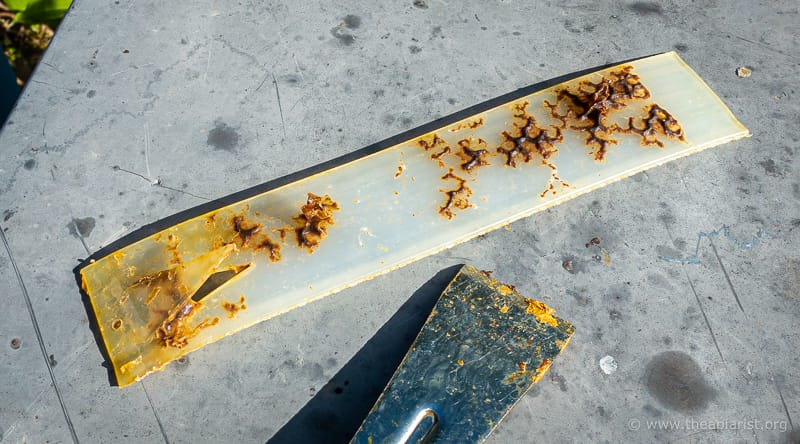



Join the discussion ...